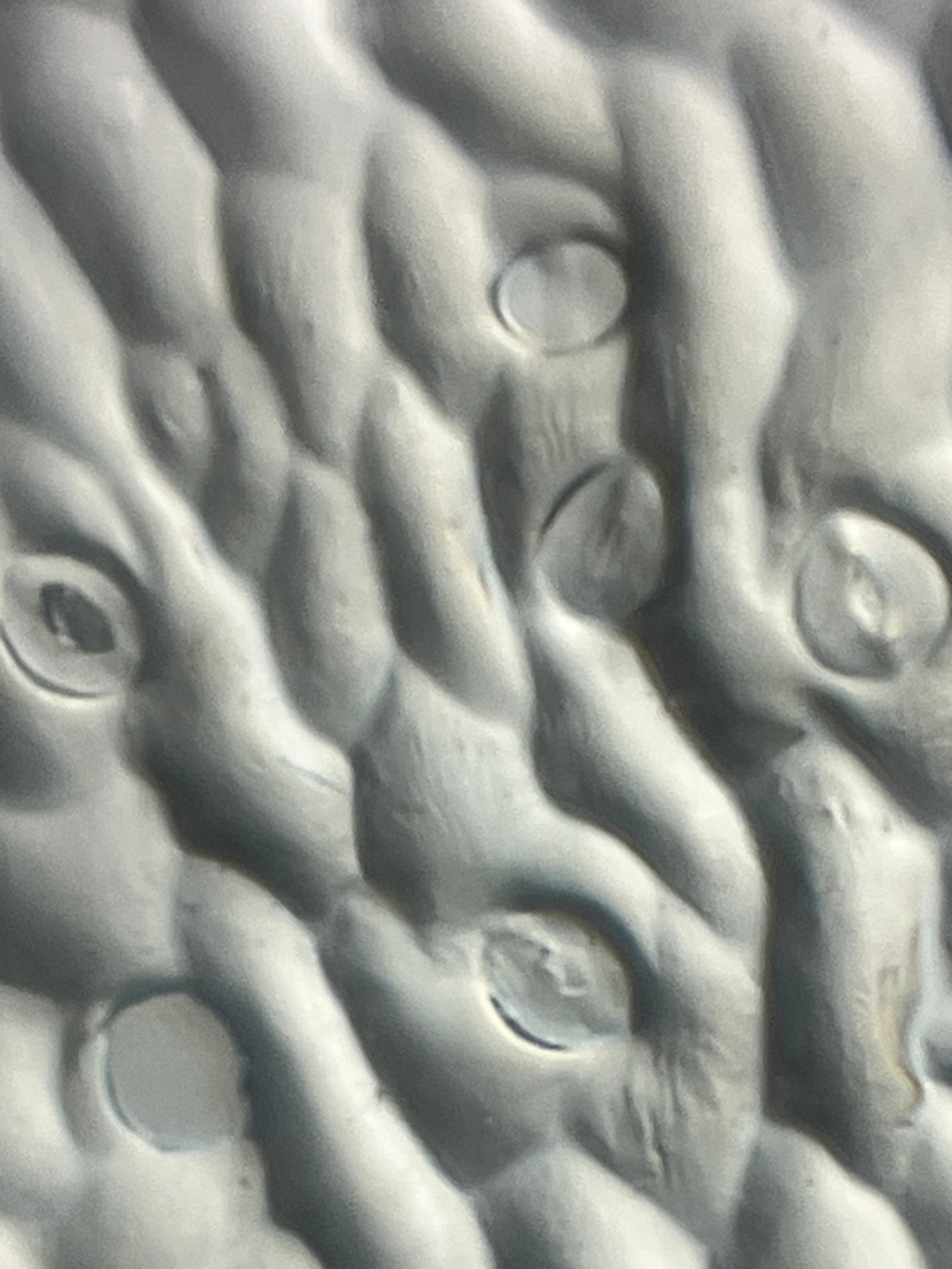Question:
What do spiderwebs look and sound like?
Background:
Happy October! This is the time of year where my thoughts turn to pumpkins, apples, and even spiders! And many times, where there is a spider, there is a spiderweb.


Spiderwebs are fascinating structures - the shapes, sizes, functions, and patterns of webs are amazing! Arachnologists are scientists who study spiders. And some arachnologists study spiderwebs to learn what they are made of, how they work, the types of organisms that get caught in them, and the types of spiders that make them.

This blog will guide you through activities that take advantage of student interest in spiders and their webs.
Directions/Procedure:
A spiderweb is made up of four parts: frame, spiral, hub, and anchors. Some of the strands are sticky, some are thicker and actually reinforced, and some are straight like a hair.
How does a spider know what is happening on the different parts of its web? Vibrations! Any disturbance that occurs on the web is communicated to the spider through vibrations that travel up and down the strands of the spider silk. And because each part of the web is made of different types of silk, the vibrations coming from each area are very distinct - it is almost like they are creating their own unique sound.
While all parts of the spiderweb may look the same to the naked eye, the structural features pop out when viewed under a microscope.
Materials:
- Glass slides
- Clear tape
- Microscope or Foldscope
Procedure:
- Find a spiderweb - you can look on trees, in the grass, or hanging between posts on fences.
- Make sure that the spider is no longer on the web. Place a glass slide behind the spiderweb.
- Apply a piece of clear tape to the front of the web to seal the web between the glass slide and the tape.
- Place the slide on the microscope to see what the individual silks look like. Draw a picture of the microscopic spiderweb in your science notebook.
- Did you notice anything about the silks that go in different directions? What do you think that tells you about the function of the different silks on the web?




Bonus Activity (Preserving A Spiderweb):
Materials:
- White Spray Paint
- Spray on Adhesive
- Clear Gloss Coating Spray
- Black cardstock or construction paper
- Microscope (click here to see pricing for a classroom set of Foldscopes)
- Glass Slides
- Clear Tape
Procedure:
- Find a spiderweb - you can look on trees, in the grass, or hanging between posts on fences. Draw a picture of the spiderweb in your science notebook.
- Do you see the spider that made the web? Draw a picture of the spider in your science notebook.
- Do you see any insects or other items stuck in the spiderweb? Draw a picture of these findings in your science notebook.
- Carefully blow on the spiderweb to cause a vibration on the silk. What did the spider do when you blew on the web? Why do you think it did this? Record your observations in your science notebook.
- Making sure that the spider is no longer on the web, use the white spray paint to gently coat the web with a fine layer of paint on one side.
- Gently spray the back on the spiderweb with the spray on adhesive.
- Quickly put the black paper on the back of the spiderweb so that the glue will adhere to the paper.
- Spray the gloss coating on top of the spiderweb to seal it on to the paper.
- Based on what you learned with your microscopic study, can you label the parts of the spiderweb you preserved?

Real World Spiderweb Scientists:
Dr. Cheryl Hayashi is a curator and professor at the American Museum of Natural History who studies the physical properties of spider silks. Her hope is that by understanding how spiders use different types of silks, we will be able to use them for human applications. Did you notice anything in your spiderweb observations that could help Dr. Hayashi in her research?
Tomás Saraceno is a contemporary artist from Argentina who creates interactive and immersive artworks around the world. He is inspired by spider webs and created an exhibit that translated spiderweb vibrations into musical sound. What do you think the spiderwebs you studied under the microscope would sound like?
Extension:
This activity brings together the following three dimensional aspects of the Next Generation Science Standards: Develop and Use Models, Physical Science, and Structure and Function.

However, this exploratory activity can go beyond the science classroom. Join forces with:
- a Social Studies teacher to analyze the impact of spiders on global cultures
- an English teacher to write stories using different perspectives (predator vs prey)
- a Math teacher to investigate the geometric shapes found in spiderwebs, or
- a Music teacher to learn more about vibrations and sound!
Connect:
Make sure to share your observations, hypothesis, results, and interdisciplinary extension activities. Submitting your geotagged Foldscope images of spider webs of all shapes and sizes to the Microcosmos will help build up a strong scientific database that can help support new and innovative scientific research!



